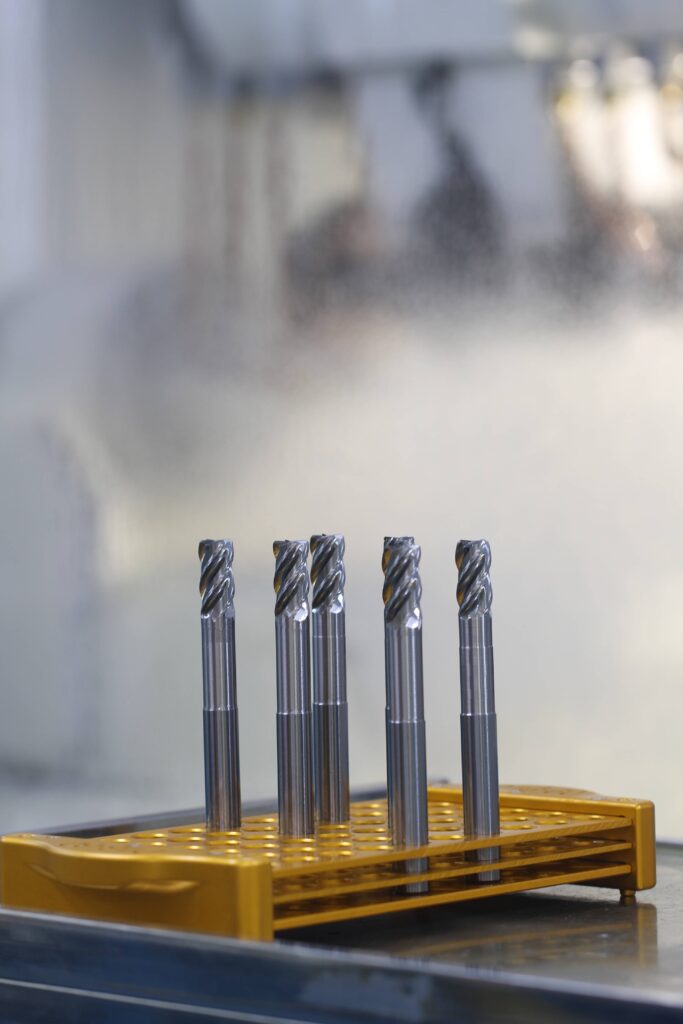Introduction:
At Kwan Fung Precision Tools and Coating, enhancing metal fatigue performance is critical for the reliability of our products. Metal fatigue refers to the progressive, localized structural damage that occurs in materials subjected to cyclic stress or strain. Understanding this phenomenon is paramount in our industry, as it influences the durability and efficiency of tools under various operational conditions.

metal fatigue performance
Metal Fatigue Performance Testing Methods
Stress Concentration and Its Impact on Metal Fatigue:
Mechanical parts inevitably feature notches such as steps, keyways, threads, and oil holes, leading to stress concentration. This significant factor impacts metal fatigue performance as it exacerbates the stress at the notch base, potentially initiating fatigue failure. Our engineering team focuses on designing components that minimize stress concentration to enhance longevity.

The Role of Size in Determining Metal Fatigue Performance:
The size of a material significantly influences its fatigue resistance. As the size increases, the probability of failure due to inherent non-uniformities and internal defects also increases. This relationship underscores the importance of precise material selection and component design in our manufacturing processes to ensure optimal performance and safety.
How Surface Conditions Affect Metal Fatigue Performance:
The quality of a metal’s surface plays a crucial role in its fatigue performance. Imperfections left from machining can act as stress concentrators that significantly diminish the metal’s endurance. Our state-of-the-art surface finishing processes are designed to improve the fatigue resistance of the metals we use, ensuring that our tools perform reliably under stress.
Advanced Metal Fatigue Performance Testing Methods:
To thoroughly assess and enhance metal fatigue performance, we employ a variety of sophisticated testing methods:
- Rotating Bending Fatigue Tests: These tests are crucial for components expected to endure bending stress, allowing us to simulate real-world conditions to predict tool performance accurately.
- Step-Loading Fatigue Tests: By applying varying loads, this method helps us understand how materials respond to different stress levels, providing insights into their endurance limits.
- High-Frequency Vibration Fatigue Tests: This technique tests materials at frequencies that mimic the operational environment of high-speed machinery, offering a glimpse into how materials behave under extreme conditions.
- Ultrasonic Fatigue Tests: Conducted at ultrasonic frequencies, these tests are valuable for rapid fatigue testing, helping us innovate faster by quickly evaluating material responses.
Conclusion
At Kwan Fung Precision Tools and Coating, our dedication to understanding metal fatigue performance is more than a technical pursuit—it’s a commitment to safety and quality. By advancing our knowledge and capabilities in this area, we ensure that our tools not only meet but exceed the demanding requirements of today’s industries. Our advanced testing methods and continuous improvements in material science significantly contribute to the reliability and safety of engineering structures.
For further reading on how cyclic stress impacts metals, visit ASM International’s materials information resource.
Explore our detailed processes and innovations in tool manufacturing in our comprehensive blog post here.

